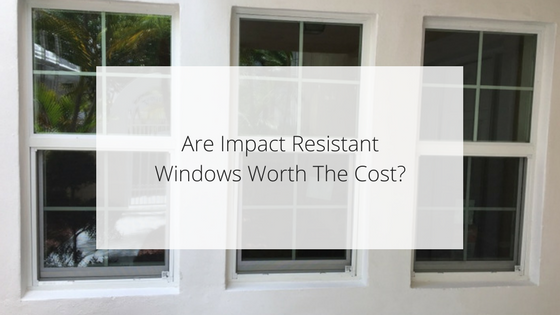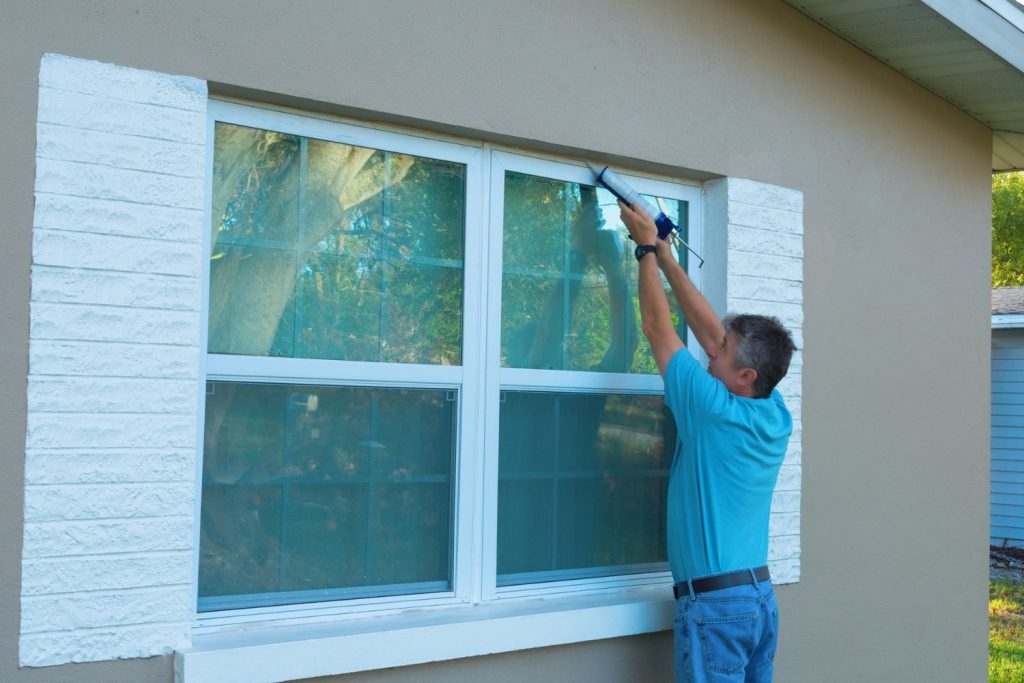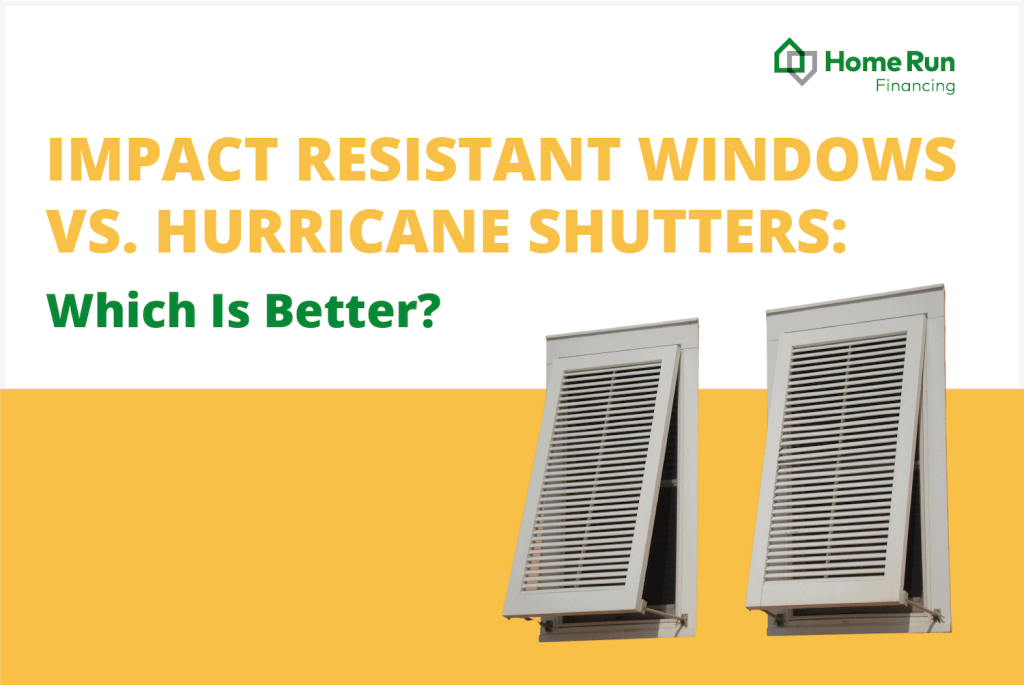In our latest article, we dive into the question of whether impact resistant windows are worth the cost. We know that home renovations can be a big investment, so we understand if you’re feeling hesitant about spending the extra money on impact resistant windows. However, we’re here to provide you with all the information you need to make an informed decision.
In the article, we’ll explore the benefits of impact resistant windows, such as increased safety, protection from hurricanes and storms, and potential insurance savings. We’ll also discuss the different types of impact resistant windows available, their durability, and the potential energy efficiency they can provide. By the end of the article, you’ll have a better understanding of whether investing in impact resistant windows is the right choice for you and your home. So stay tuned!
What are Impact Resistant Windows?
Definition of impact resistant windows
Impact resistant windows, also known as hurricane windows or storm windows, are specially designed windows that are built to withstand the impact of flying debris and extreme weather conditions. These windows are created to provide an extra layer of protection for homes and buildings in areas prone to hurricanes, strong winds, and other weather-related dangers.
Materials used to make impact resistant windows
Impact resistant windows are constructed using a combination of strong materials that work together to provide durability and strength. The most common materials used in the manufacturing of these windows include laminated glass, reinforced frames, and an interlayer of high-performance polyvinyl butyral (PVB) between the glass layers. These elements work together to create a window that is capable of withstanding high winds, flying debris, and extreme pressure changes.
How do Impact Resistant Windows work?
Explanation of impact resistant window technology
The technology behind impact resistant windows lies in the laminated glass and the special interlayer of PVB. Laminated glass consists of two or more layers of glass that are bonded together with the interlayer. This combination creates a window that is extremely strong and resistant to shattering upon impact. If the window were to break, the interlayer holds the glass fragments together, preventing them from flying into the home and causing harm.
Benefits of impact resistant windows
The benefits of installing impact resistant windows are numerous. The primary advantage is the increased protection they offer during severe weather events. These windows are able to withstand the impact of flying debris, such as tree branches or other objects propelled by strong winds. By preventing the glass from shattering, they also help to maintain the integrity of the building envelope, which can reduce the risk of water damage and further structural damage.
Impact resistant windows also provide a level of security against potential break-ins. The laminated glass and reinforced frames make it much more difficult for intruders to gain access to the home through the windows. Additionally, these windows have the added benefit of reducing outside noise, increasing energy efficiency, and protecting against harmful UV rays.

This image is property of eurexshutters.com.
Factors to Consider
Cost of impact resistant windows
One factor that homeowners must consider when deciding whether or not to invest in impact resistant windows is the cost. Impact resistant windows tend to be more expensive than traditional windows due to their unique construction and materials. However, it is important to remember that these windows offer significant benefits in terms of safety, security, and energy efficiency, which can offset the initial cost over time.
Geographical location and weather conditions
Another important consideration is the geographical location and the weather conditions that the home is exposed to. If you live in an area prone to hurricanes, strong winds, or other severe weather events, investing in impact resistant windows can provide invaluable protection for your home and peace of mind for you and your family. However, if you live in an area with relatively mild weather conditions, the need for impact resistant windows may not be as great.
Insurance premium savings
Many insurance companies offer discounts on homeowners’ insurance premiums for homes with impact resistant windows. These discounts are often provided because impact resistant windows reduce the likelihood of damage occurring during severe weather events. It is important to check with your insurance provider to determine the specific savings that may be available to you.
Comparing Impact Resistant Windows to Traditional Windows
Differences in performance
The performance of impact resistant windows far surpasses that of traditional windows when it comes to withstanding the forces of nature. Traditional windows are typically made with standard glass, which is more prone to breaking upon impact. This can result in a higher risk of injury and significant damage to the property.
In contrast, impact resistant windows are designed with safety and strength in mind. The laminated glass and reinforced frames provide a barrier that is significantly more resistant to shattering and breaking. This means that even if the window is struck by flying debris, it is less likely to be completely compromised, offering greater protection for the home and its occupants.
Long-term cost comparison
While the initial cost of impact resistant windows may be higher than that of traditional windows, it is important to consider the long-term cost savings. Impact resistant windows offer increased energy efficiency, which can result in lower heating and cooling costs. Additionally, the durability and strength of these windows can reduce the need for window replacements or repairs, saving homeowners money in the long run.

This image is property of www.maxguardhurricane.com.
Installation Process
Finding a professional installer
To ensure the proper installation of impact resistant windows, it is recommended to hire a professional installer who is experienced in handling these types of windows. Look for a reputable company with a track record of successful installations and satisfied customers. A professional installer will have the knowledge and expertise to correctly install the windows, ensuring they provide the maximum level of protection.
Considerations during installation
During the installation process, it is important to consider certain factors to ensure the effectiveness of impact resistant windows. Proper sealing and caulking around the windows are vital to prevent water infiltration and maintain the integrity of the windows. Additionally, the installation process should adhere to the manufacturer’s guidelines and local building codes to ensure that the windows are installed correctly and function as intended.
Maintenance and Durability
Cleaning impact resistant windows
The maintenance of impact resistant windows is relatively simple. Regular cleaning using a mild, non-abrasive cleaner and a soft cloth or sponge is usually sufficient. It is important to avoid using harsh chemicals or abrasive materials that could damage the glass or the window frames. Additionally, it is recommended to inspect the windows periodically for any signs of damage, such as cracks or chips, and to address any issues promptly.
Expected lifespan
The lifespan of impact resistant windows can vary depending on various factors, including the quality of the materials used and the installation process. However, on average, these windows can last for 20 to 30 years or more with proper maintenance. Regular inspections and maintenance can help to extend the lifespan of the windows and ensure that they continue to provide the desired level of protection.

This image is property of www.homerunfinancing.com.
Potential Savings
Energy efficiency benefits
Impact resistant windows offer significant energy efficiency benefits. The laminated glass and multi-layer construction help to reduce heat transfer, resulting in lower energy consumption for heating and cooling the home. This can lead to substantial savings on energy bills, particularly in regions with extreme weather conditions.
Insurance discounts
Many insurance companies offer discounts on homeowners’ insurance premiums for homes equipped with impact resistant windows. By reducing the risk of damage occurring during severe weather events, these windows can result in lower insurance premiums. It is advisable to contact your insurance provider to inquire about any available discounts or incentives for installing impact resistant windows.
Aesthetics and Design Options
Available styles and customization
Impact resistant windows are available in a wide range of styles and designs to suit various architectural styles and personal preferences. From traditional to contemporary, homeowners can choose from different frame materials, such as vinyl, aluminum, or wood, as well as various finishes and colors. Additionally, custom sizes and shapes can be accommodated to meet specific design requirements.
Enhancing home’s curb appeal
In addition to their practical benefits, impact resistant windows can also enhance the curb appeal of a home. With a wide range of design options available, homeowners can choose windows that complement the architectural style of their home, resulting in a more visually appealing and aesthetically pleasing exterior. This can potentially increase the value of the property and attract potential buyers in the future.

This image is property of empire-s3-production.bobvila.com.
Environmental Impact
Sustainability of impact resistant windows
Impact resistant windows are designed to be durable and long-lasting, reducing the need for frequent replacements. This can help to reduce waste and minimize the environmental impact associated with window manufacturing and disposal. Additionally, the energy efficiency benefits of these windows can also contribute to reducing overall energy consumption and the carbon footprint of the home.
Reduced carbon footprint
The energy efficiency benefits of impact resistant windows can have a significant impact on the carbon footprint of a home. By reducing the amount of energy needed for heating and cooling, these windows help to decrease greenhouse gas emissions associated with the burning of fossil fuels. This can contribute to a more sustainable and environmentally friendly lifestyle.
Conclusion
Assessing the cost versus the benefits is crucial in determining whether impact resistant windows are worth the investment. While these windows may have a higher initial cost compared to traditional windows, their ability to withstand severe weather events, provide added security, increase energy efficiency, and potentially lower insurance premiums make them a compelling choice in areas prone to hurricanes and strong winds. Additionally, the long-term cost savings and the aesthetic appeal further enhance their value. By making an informed decision and considering the specific needs and conditions of your home, impact resistant windows can be a worthwhile investment in both safety and peace of mind.

This image is property of www.homerunfinancing.com.
